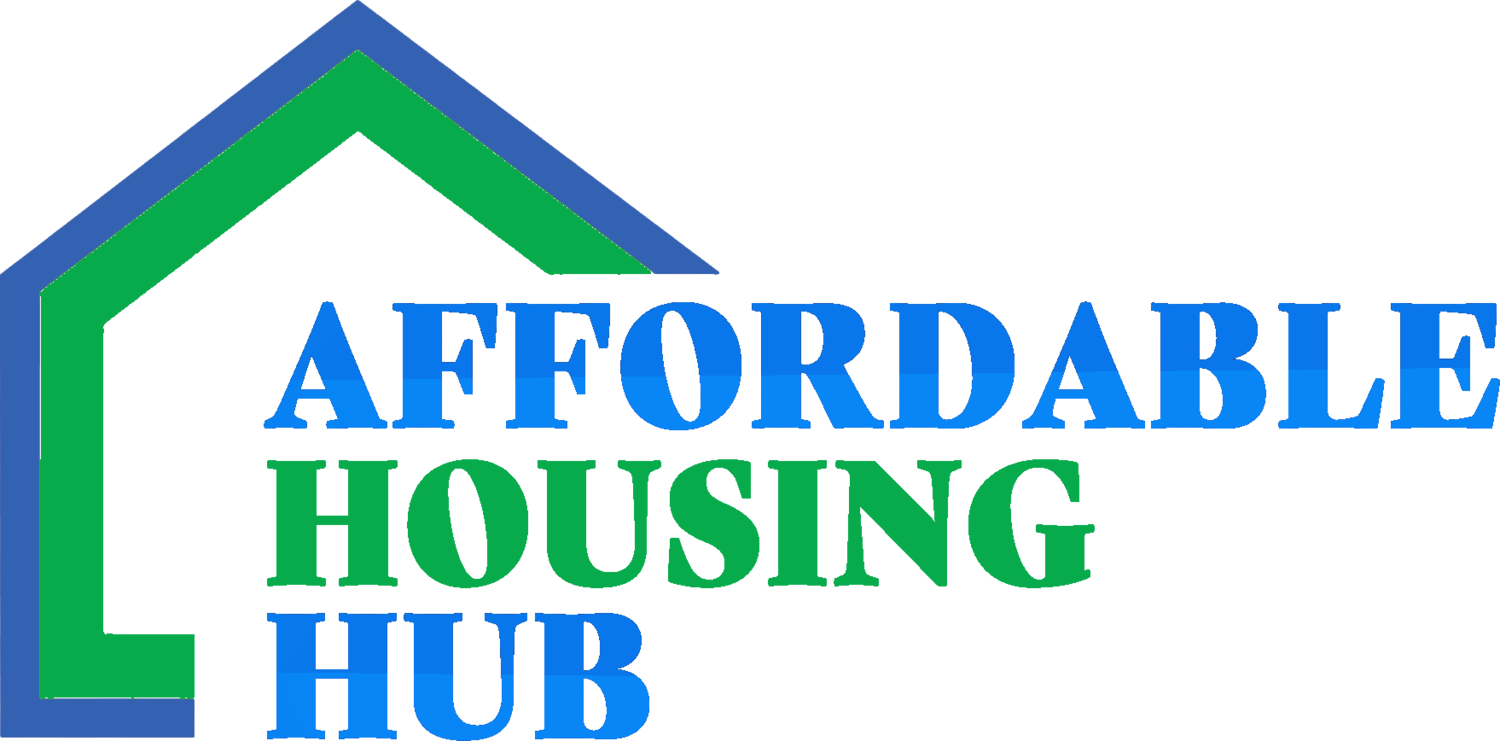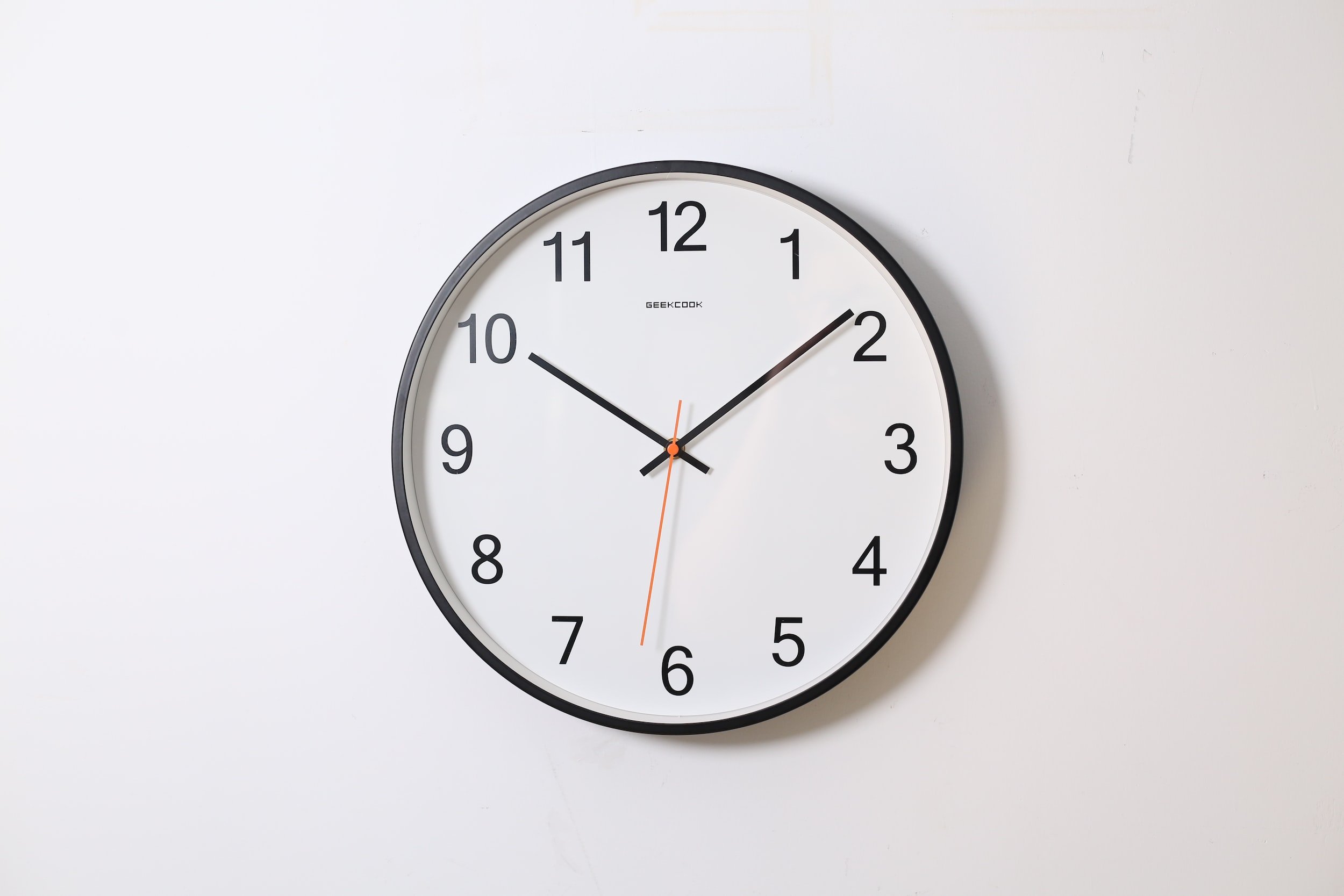Iowa Section 8 Housing
/In Iowa, where more than 30% of renters spend over a third of their income on housing, finding affordable, safe, and decent housing remains a significant challenge for low-income families, seniors, and individuals. With rising rental costs in urban areas like Des Moines and Cedar Rapids, as well as limited housing options in rural communities, many households face financial strain.
The Section 8 Housing Choice Voucher Program serves as a vital resource to address this issue. Administered by local housing authorities and overseen by the U.S. Department of Housing and Urban Development (HUD), this program provides rental assistance to low-income households, covering a substantial portion of their rent based on income. By empowering families to choose privately owned housing that meets their needs, Section 8 plays a crucial role in promoting housing stability and reducing homelessness across Iowa.
Who Qualifies for Section 8 Housing in Iowa?
To qualify for Section 8 housing in Iowa, applicants must meet specific criteria:
Income limits: Gross income must be at or below 50% of the area median income (AMI). Priority is often given to households earning less than 30% of the AMI.
Citizenship or eligible non-citizen status: Applicants must be U.S. citizens or lawful residents, including refugees and individuals granted asylum.
Background checks: Criminal and credit history screenings are conducted during the application process.
Rental history: A stable rental history with no significant issues such as evictions or unpaid landlord debts is required.
Other considerations: Household size, age, and disabilities may influence eligibility.
Understanding these requirements can help applicants determine their eligibility and prepare for the application process.
What is the Maximum Amount of Rent That Section 8 Will Pay in Iowa?
The maximum rent that Section 8 will pay in Iowa is calculated using a formula that accounts for several factors, ensuring fair and adequate housing assistance. These factors include the Fair Market Rent (FMR) for the area, the size and type of the unit, and the tenant's household income.
1. Fair Market Rent (FMR)
The FMR is determined annually by the U.S. Department of Housing and Urban Development (HUD) and reflects the typical cost of renting a comparable unit in the same area. FMRs vary widely across Iowa, influenced by local housing markets. We’ll go into more detail below.
2. Tenant Contribution
Under Section 8 guidelines, tenants are generally required to contribute 30% of their adjusted gross income toward rent. Section 8 subsidizes the remaining amount up to the maximum allowable rent, which is typically set between 90% and 110% of the FMR.
3. Additional Considerations
Landlord Participation: Landlords must agree to participate in the Section 8 program, and their units must meet HUD's Housing Quality Standards (HQS).
Funding and Guidelines: Maximum rent amounts may be influenced by local program guidelines and available funding, which can fluctuate annually.
By combining these factors, Section 8 ensures that low-income households in Iowa have access to safe, affordable housing that meets their needs. However, tenants should verify specific details with their local housing authority, as policies and participation requirements can vary.
Income Limits for Section 8 Housing in Iowa
Income limits are a key factor in determining eligibility for Section 8 housing in Iowa. These limits are based on the Area Median Income (AMI), which is calculated annually by the U.S. Department of Housing and Urban Development (HUD) and varies by region and household size.
Eligibility Criteria
To qualify, a household's gross income must be at or below 50% of the AMI for their area.
Income limits are adjusted for household size, with larger households typically allowed higher income thresholds.
Annual Adjustments
Income limits are updated each year to reflect changes in the local economy and housing market. Potential applicants should check with their local housing authority for the latest figures.
For example, in 2025:
A household of four in Polk County may qualify with an income up to $48,000, while a two-person household may qualify with an income up to $38,000.
Limits vary significantly between urban areas like Des Moines and rural counties.
Understanding these income limits is the first step toward determining eligibility for Section 8 housing. Applicants can contact their local housing authority or visit the Iowa Housing Authority Directory for more details and updated income tables.
Fair Market Rents for Section 8 Housing in Iowa
Fair Market Rents (FMRs) are a key factor in determining Section 8 housing payments in Iowa. Set annually by the U.S. Department of Housing and Urban Development (HUD), FMRs reflect the typical cost of renting a unit in a given area, including utilities (except phone).
How FMRs Work
FMRs vary by unit size and location. For example, a one-bedroom apartment in a rural area typically has a lower FMR than a similar unit in an urban area like Des Moines.
Section 8 uses FMRs to set the maximum amount it will pay for rent. Tenants usually contribute 30% of their income, with Section 8 covering the rest up to the FMR limit.
Why FMRs Matter
Understanding FMRs helps applicants estimate what kind of housing they can afford with Section 8 assistance. Larger units or properties in metropolitan areas often have higher FMRs compared to smaller units or rural locations.
For example, the 2025 FMR for a two-bedroom unit in Polk County may be $1,150, while in rural Iowa, it might be closer to $750.
Check the most recent FMRs for your area and unit size through HUD’s Fair Market Rent Documentation System. This will help you make informed decisions about housing options under the Section 8 program.
How Do I Apply for Section 8 Housing in Iowa?
The application process for Section 8 housing in Iowa can be completed online or through paper forms. Here’s how to apply:
Verify eligibility: Review income and other program requirements.
Locate your housing authority: Find the appropriate housing authority in your area through the HUD website or state resources.
Complete the application: Provide accurate information about household size, income, and other details.
Submit documentation: Include required documents such as identification, proof of income, and financial records.
Interview: Attend an interview with a housing authority representative.
Join the waiting list: Approved applicants are often placed on a waiting list until a voucher becomes available.
Iowa Housing Authorities
Iowa Housing Authorities play a critical role in administering Section 8 housing programs throughout the state. These authorities are responsible for managing the application and eligibility determination process, as well as the distribution of vouchers to eligible households.
There are several Housing Authorities throughout Iowa that are responsible for administering Section 8 housing programs in their respective regions. Some of the major Housing Authorities in Iowa include:
| Housing Authority | Contact Information | Website |
|---|---|---|
| Cedar Rapids Housing Services | 1211 6th St SW Cedar Rapids, IA 52404 (319) 286-5872 |
Visit Website |
| Clinton Housing Authority | 415 S 3rd St Clinton, IA 52732 (563) 243-7029 |
Visit Website |
| Des Moines Municipal Housing Agency | 2309 Euclid Ave Des Moines, IA 50310 (515) 323-8950 |
Visit Website |
| Dubuque Housing Authority | 925 Jackson St Dubuque, IA 52001 (563) 556-4165 |
Visit Website |
| Muscatine Municipal Housing Agency | 215 Sycamore St Muscatine, IA 52761 (563) 263-7223 |
Visit Website |
| Sioux City Housing Authority | 405 6th St Sioux City, IA 51101 (712) 279-6983 |
Visit Website |
Each Housing Authority may have different application processes and eligibility requirements, so it's important to review their specific guidelines before applying. Contact information for each Housing Authority can generally be found on their respective websites or by contacting the Iowa Housing Authority.
Section 8 Housing Iowa Waiting List
Demand for Section 8 housing often exceeds availability, resulting in waiting lists. These lists prioritize households based on need, such as those experiencing homelessness or severe rent burdens.
As part of the waiting list process, potential applicants will be required to provide information about their household size, income, and other eligibility factors. This information will be used to determine the applicant's eligibility for the program and to prioritize their place on the waiting list.
The following shows the current waiting list status of Housing Authorities in Iowa.
| Housing Authority | Waiting List Status |
|---|---|
| Cedar Rapids Housing Services | Open |
| Clinton Housing Authority | Closed |
| Des Moines Municipal Housing Agency | Open |
| Dubuque Housing Authority | Open |
| Muscatine Municipal Housing Agency | Closed |
| Sioux City Housing Authority | Open |
How Long Does it Take to Get Approved for Section 8 in Iowa?
The timeline for approval of Section 8 housing applications in Iowa can vary depending on several factors, including the number of available vouchers, the demand for affordable housing in the area, and the completeness of the applicant's documentation.
In general, the application process for Section 8 housing in Iowa can take several weeks or even months. Once an application is received, the Housing Authority will review the application and supporting documentation to determine the applicant's eligibility for the program.
Factors that may impact the approval timeline include the completeness of the applicant's documentation, the number of applications received by the Housing Authority, and the amount of time it takes to verify the applicant's income and other eligibility factors.
It's important to note that being approved for Section 8 housing in Iowa does not guarantee that a voucher will become available immediately. Once approved, potential applicants may still need to wait for a voucher to become available, and may be placed on a waiting list until a voucher becomes available.
Other Low Income Housing Options in Iowa
Beyond Section 8, Iowa offers several programs to support low-income households:
Public Housing: Affordable rental units managed by local housing authorities.
Low-Income Housing Tax Credit (LIHTC): Provides affordable rental options through private developers.
Weatherization Assistance Program (WAP): Helps reduce energy costs for eligible households.
Habitat for Humanity: Offers affordable homeownership opportunities.
Exploring these options can increase the chances of finding suitable housing.
Finding Affordable Housing Solutions in Iowa
Navigating the Section 8 program can feel overwhelming, but it’s a critical resource for many Iowa residents. Understanding eligibility requirements, income limits, and application steps is essential for accessing this assistance. Pairing Section 8 with other low-income housing programs can further enhance housing stability. For additional resources and guidance, contact your local housing authority or visit the HUD website.










